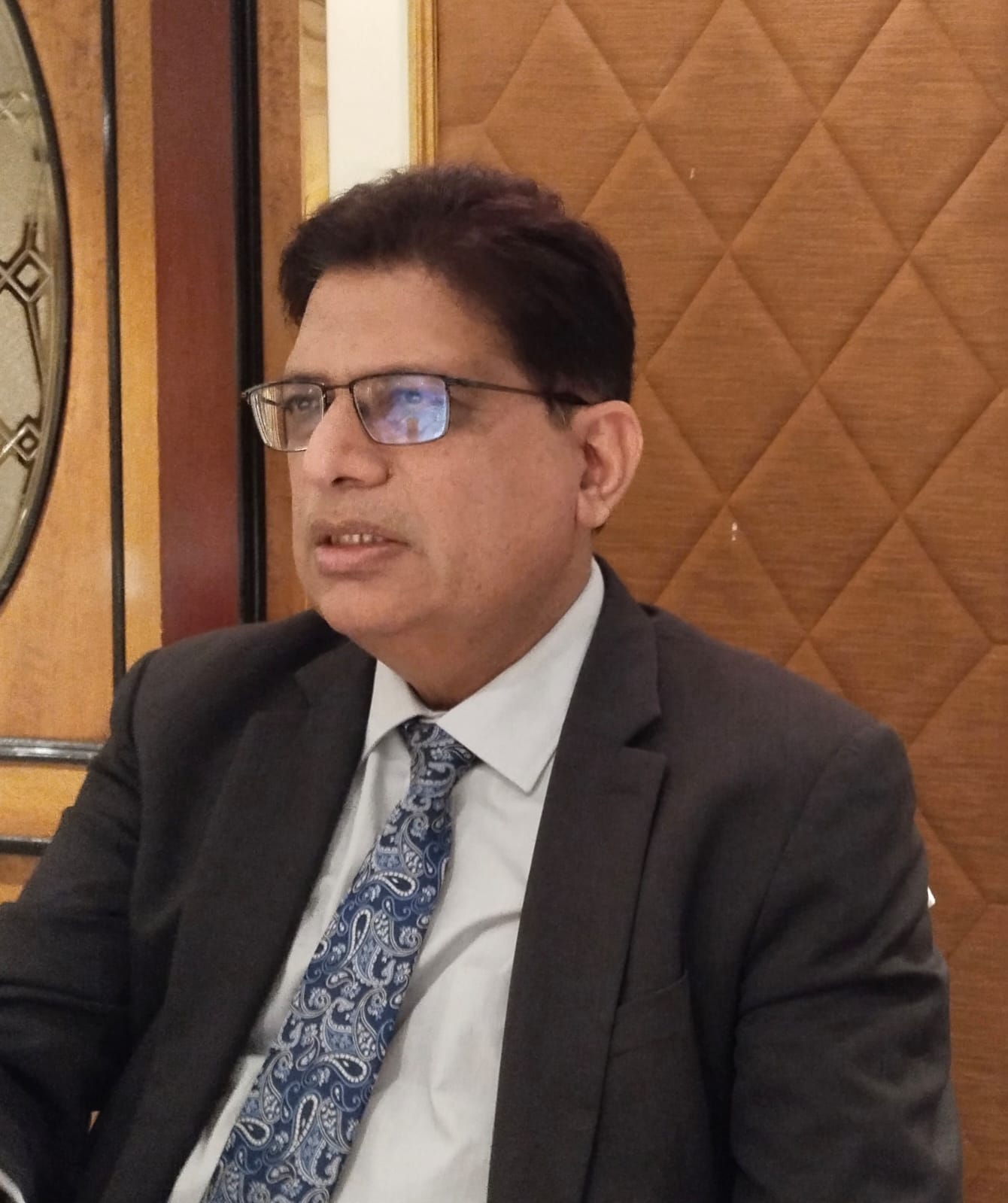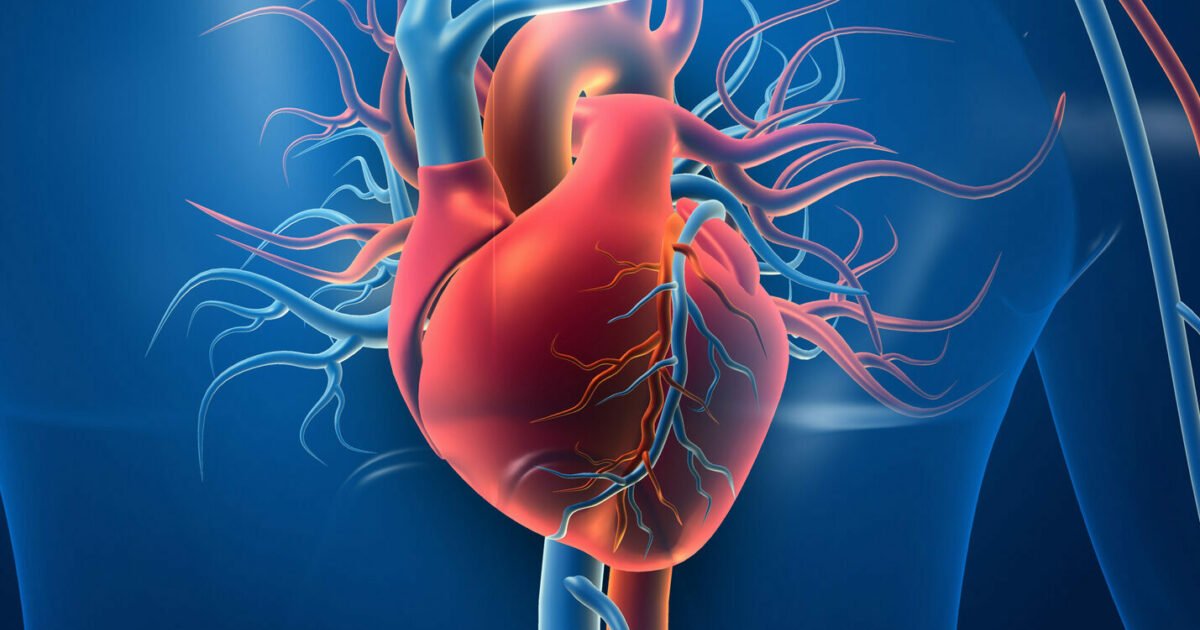“Bioactive peptides, a significant antidiabetic drug, are set to come off patent in 2026 and our industry is gearing up for its production”
July 03, 2024 | Wednesday | Interviews | By Bhagwati Prasad
On the sidelines of the two-day 9th Global Pharmaceutical Quality Summit (GPQS) which concluded on June 28, 2024, in Mumbai, Dr Arunish Chawla, Secretary of the Department of Pharmaceuticals (DoP) interacted with BioSpectrum India and shared insights into the impressive growth in medical device exports, initiatives to nurture startups, and efforts to make rare disease medicines more accessible to Indian patients. Highlighting strategic reforms, industry collaborations, and the impact of the Production-Linked Incentive (PLI) scheme, Dr Chawla outlines a transformative vision for the future of India's pharmaceutical and medtech sectors in this exclusive interview.
How’s the recent growth in pharmaceutical and medical device exports impacting the industry?
We've witnessed remarkable growth in the export of medical devices, which has significantly impacted our industry. The latest data shows a substantial increase in the export of formulations and generic medicines from India. We've reached a point where we are exporting more bulk drugs than we are importing, breaking records and achieving import substitution. For instance, the formulation industry has crossed the 50 per cent export barrier, meaning more than half of what we produce is now exported. This has necessitated new classes of drug intermediates and molecules, which we are now producing domestically.
How has the PLI scheme impacted the pharmaceutical and MedTech industry, particularly in terms of exports?
We've identified about 50 such molecules across almost all therapy areas and taken up around 40 projects, with approximately 30 already completed and manufacturing started. These projects have led to significant import substitution, ensuring that critical medications are available domestically. The Production-Linked Incentive (PLI) scheme has been a game-changer for the industry. It has encouraged domestic manufacturing of various medical devices and bulk drugs, leading to a significant increase in exports. For example, last year we saw that the disposable sub-sector became export-oriented, with more exports than imports. We are now exporting imaging devices like X-ray machines, CT scans, and ultrasound machines, as well as body implants. This trend is expected to continue, with the gap between exports and imports narrowing further, making the industry more export-oriented.
What measures have been taken to nurture startups in the pharmaceutical sector?
Nurturing startups is a critical component of our strategy. We've implemented several initiatives to support and integrate startups into the larger industry ecosystem. For instance, we've launched a "Promotion of Research and Innovation in Pharma-MedTech" (PRIP) scheme, which is a five-year scheme with a total outlay of Rs 3,000 crore, aimed at fostering excellence through academic and industry partnerships. This scheme supports ideation and proof-of-concept projects, providing a lower scale of financing to innovative startups. Additionally, we are focusing on precision medicine, cell therapies, and immunotherapies to ensure that startups have the resources and support needed to bring their innovative solutions to market.
Could you elaborate on the initiatives taken to make medicines for rare diseases more accessible to Indian patients?
Addressing rare diseases is a top priority for us. We have revised the General Trade Exemption (GTE) list to allow the import of rare disease drugs that cannot be manufactured economically in India. Additionally, we have recommended duty-free imports and patient support programs to ensure that patients with rare diseases have access to the necessary treatments.
What structural reforms have been introduced within DoP to facilitate these changes?
Reform begins at home. We have restructured our department to better address industry needs. Now, we have two divisions: one dedicated to pharmaceuticals and another to the medtech sector. We have hired industry experts, medical engineers, and biotech experts through lateral entry to manage operational issues across different levels of government. This has streamlined our operations and allowed us to address industry problems more effectively. Additionally, we have established a joint secretary for pharmaceuticals and another for the medtech sector to ensure focused attention on these critical areas.
What future trends do you foresee in the Indian pharmaceutical industry, particularly with regard to new drug development and market expansion?
The future of the Indian pharmaceutical industry looks very promising. We are poised to take advantage of the upcoming patent cliff, with about 300 molecules coming off patent, including 24 blockbuster drugs. The industry is already working on these opportunities, preparing to launch large molecules into the market. For instance, bioactive peptides, a significant antidiabetic drug, are set to come off patent in 2026, and our industry is gearing up for its production. We also foresee substantial growth in complex generics, biosimilars, and excipients, which will drive further market expansion and innovation.
How is the DoP ensuring quality and compliance in the rapidly growing medical device sector?
Ensuring quality and compliance is paramount. We are collecting market data on medical devices and working within our jurisdiction to address any issues that arise. We have set up seven Centers of Excellence in seven National Institutes of Pharmaceutical Education and Research (NIPERs), each focusing on different areas of manufacturing. These centers are supported by industry leaders and aim to ensure that students and young scientists are well-trained and employed in the right sectors.
Can you provide some insights into the operational framework that has been put in place to support the medical device industry?
We have implemented a comprehensive operational framework that addresses the needs of the medical device industry. This includes hiring industry experts and creating a dedicated joint secretary for medtech to resolve operational problems. We have identified seven verticals within the medtech sector, such as imaging devices, laboratory equipment, assistive devices, and surgical equipment. This framework ensures that we address the unique challenges of each vertical, fostering growth and innovation across the board. Our aim is to create an integrated policy framework that supports the entire value chain, from manufacturing to market access.
How is the DoP collaborating with other stakeholders to drive these initiatives?
Collaboration is key to our success. We work closely with industry partners, academic institutions, and government agencies to drive our initiatives forward. The Centers of Excellence, for instance, are a collaborative effort between industry and academia, ensuring that we leverage the best expertise from both sectors. We also engage in continuous dialogue with industry representatives to address their concerns and incorporate their feedback into our policies. This collaborative approach ensures that our initiatives are well-rounded and effectively address the needs of the industry.
What message would you like to convey to the stakeholders in the Indian pharmaceutical and medtech sectors?
My message to the stakeholders is one of optimism and collaboration. The Indian pharmaceutical and medtech sectors are on the cusp of significant growth and transformation. By working together, we can harness this potential, drive innovation, and make high-quality healthcare accessible to all. The government is committed to supporting this growth through strategic policies, financial incentives, and structural reforms. I urge all stakeholders to take advantage of these opportunities and contribute to making India a global leader in pharmaceuticals and medical technology. Through strategic policies, financial incentives, and robust industry-government partnerships, the DoP aims to position India as a global leader in healthcare innovation and accessibility.
Bhagwati Prasad, Mumbai










